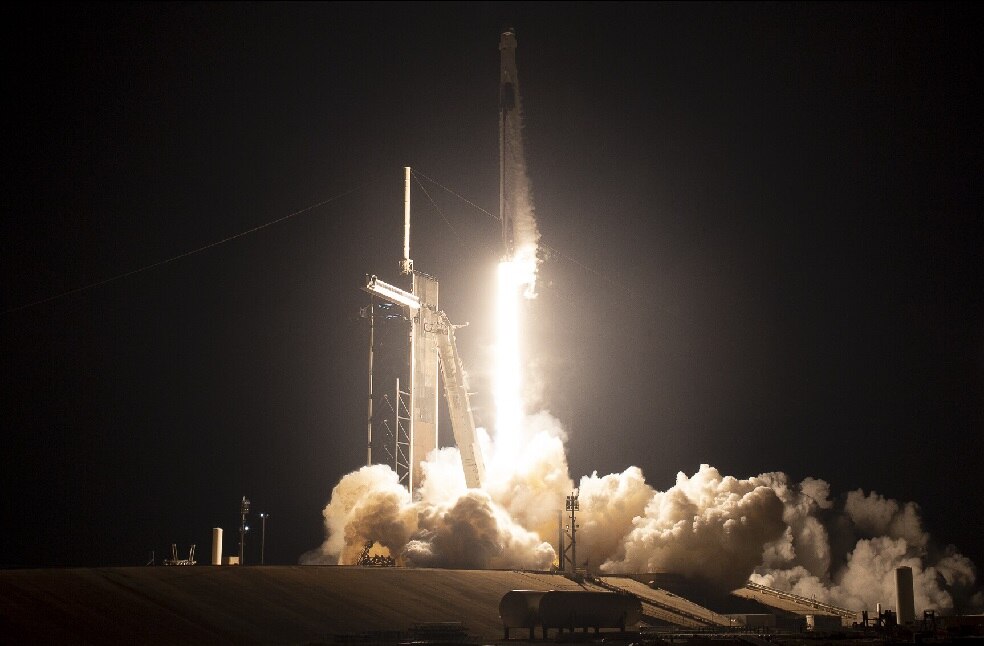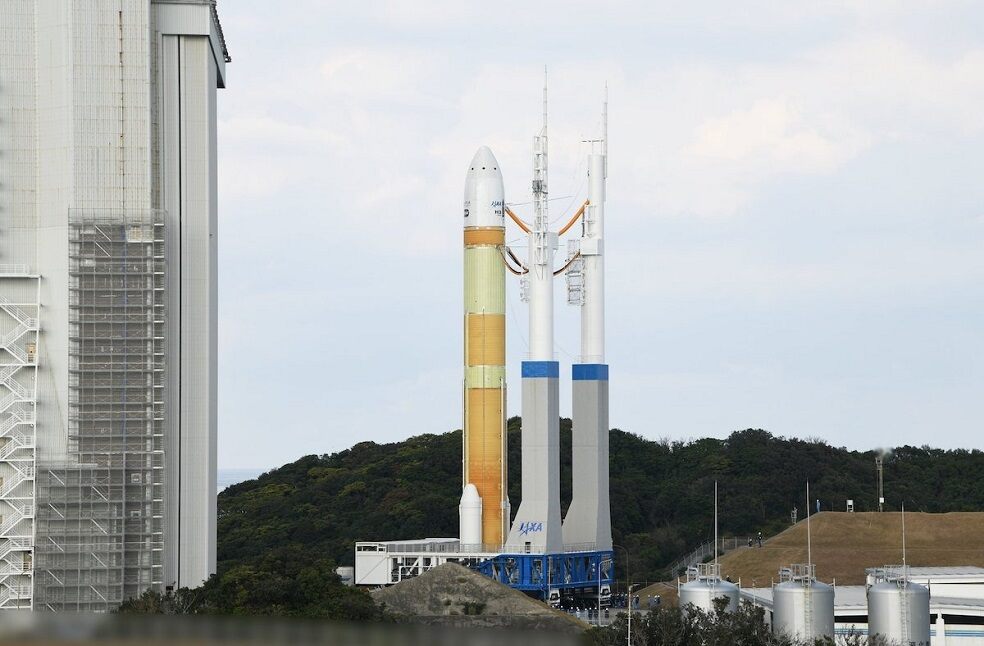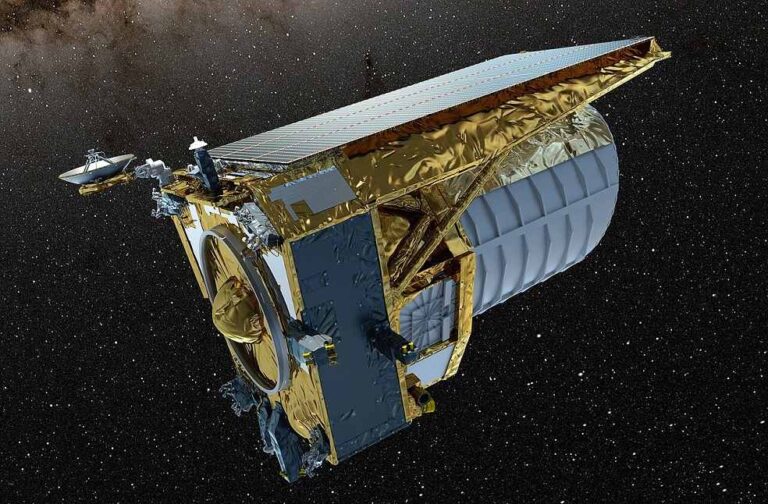United Kingdom: A cutting-edge satellite called Euclid, built in Europe, has been successfully launched from Florida on a mission to investigate the mysteries of dark energy and dark matter, unseen forces scientists say account for 95 percent of the known universe.
Scientists hope that the insights gained from the $1.4 billion European Space Agency (ESA) mission will revolutionise astrophysics and enhance our understanding of gravity itself.
Euclid, named after the renowned Greek mathematician, was carried into space aboard a SpaceX Falcon 9 rocket from Cape Canaveral Space Force Station. After a brief flight, the two-tonne spacecraft will embark on a month-long journey to its intended destination, an orbit around the sun known as Lagrange Point Two, or L2. Positioned approximately 1.6 million kilometres (one million miles) from Earth, this spot offers gravitational stability.

Equipped with a wide-angle telescope, Euclid will survey galaxies located up to 10 billion light-years away from our own Milky Way galaxy, delving deep into what scientists call the “dark universe.” The satellite will collect data on the evolution of this enigmatic realm while specifically focusing on two key aspects: dark matter, an invisible cosmic scaffolding thought to shape the universe, and dark energy, an equally mysterious force responsible for the accelerating expansion of the universe.
Euclid’s instruments will precisely measure the intensity and spectra of infrared light emitted by galaxies, enabling scientists to accurately determine their distances. In addition to its role as a space telescope, Euclid is hailed as a “dark energy detector” by project manager Rene Laureijs.

While NASA has contributed infrared detectors for Euclid, the American space agency also plans to launch its own mission, the Roman Space Telescope, in 2027 to further explore dark energy and dark matter. Furthermore, officials have indicated that the US-European James Webb Space Telescope could join forces with Euclid and the Roman Space Telescope in this quest.
Originally slated for launch from Europe’s main spaceport in French Guiana using a Russian rocket, Euclid’s plans were altered due to the severed ties between the European and Russian space agencies following the Ukrainian invasion. To avoid a lengthy delay, the mission was shifted to a SpaceX launch from Cape Canaveral instead, bypassing the need to wait for Europe’s upcoming Ariane rocket.
According to project manager Giuseppe Racca, choosing the SpaceX option allowed Euclid to avoid a potential delay of more than two years.



